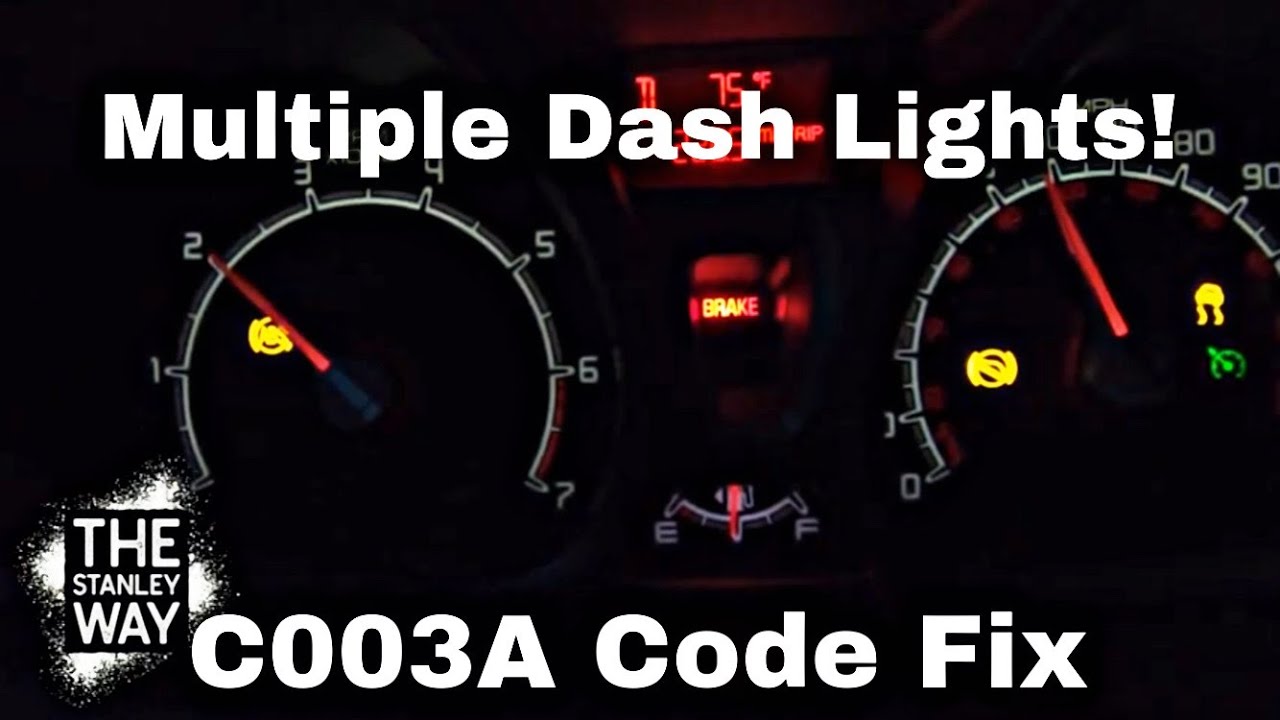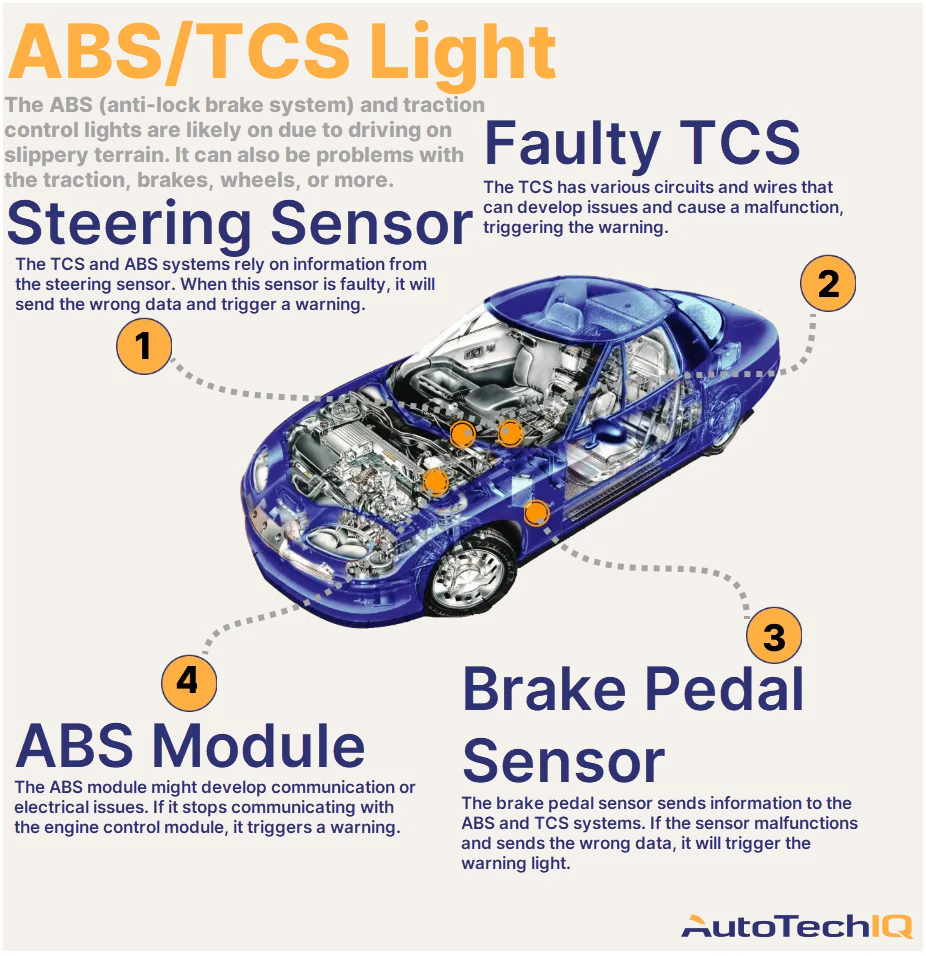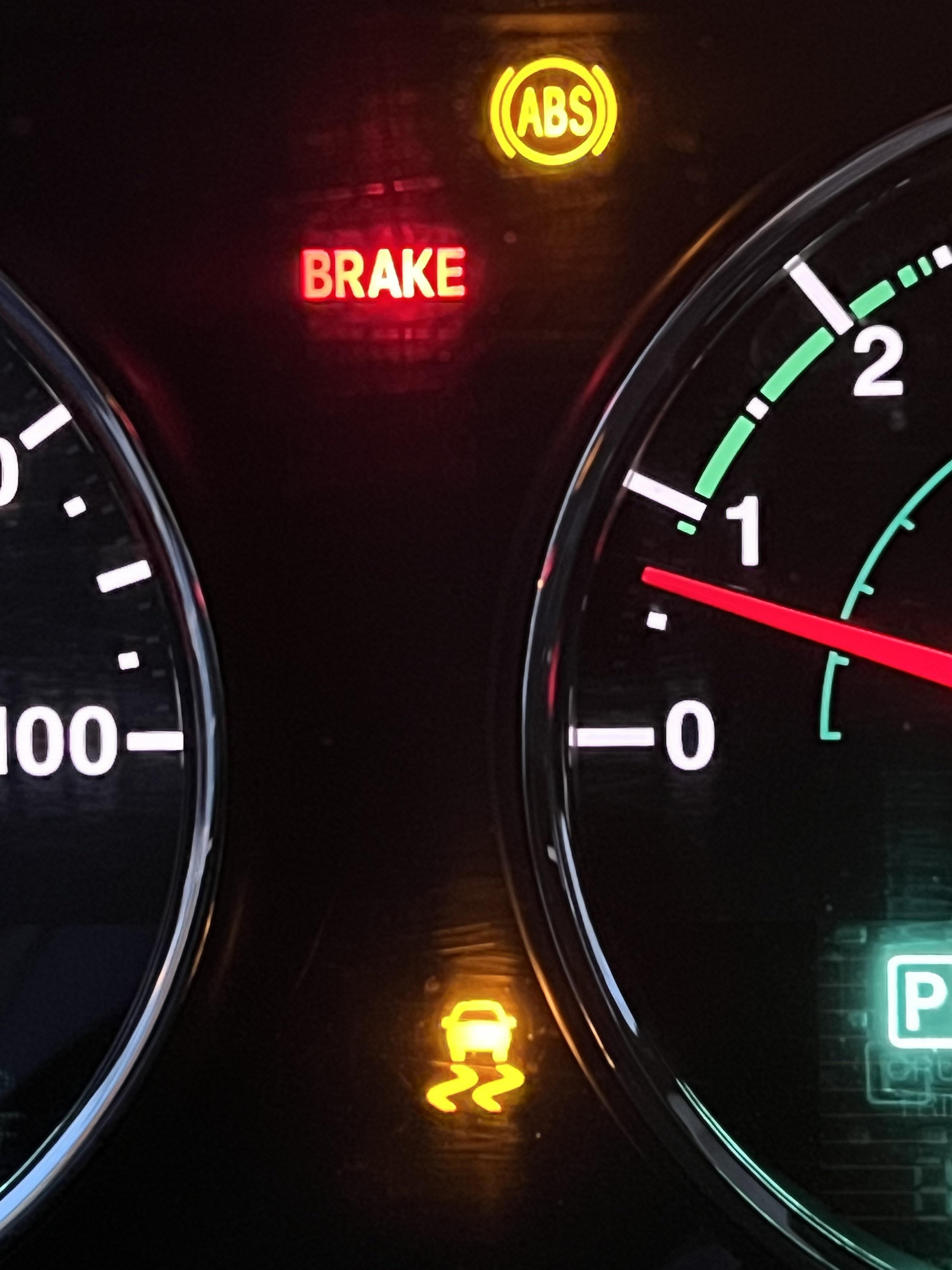My Dashboard Lit Up: Tackling the ABS, Brake, and Traction Control Lights
Alright, let me tell you about what happened the other week. Hopped in my trusty old car, turned the key, and bam! My dashboard suddenly looked like a Christmas tree in panic mode. The ABS light, the main brake warning light, and the traction control light all decided to pop on at the same time. Not exactly the welcome I wanted starting my day.

First thing that goes through your head? “Okay, how serious is this?” and closely followed by “How much is this going to cost me?” Seeing the brake light on is always a bit worrying, you know? You start questioning if the brakes are actually going to work properly.
What I Did First
Didn’t panic. Well, maybe a little inside. But first practical step: popped the hood. Checked the brake fluid reservoir. Sometimes, low fluid can trigger these lights. Nope, fluid level was fine, right between the min and max lines. Okay, scratch that off the list.
Next, I tried the classic “turn it off and on again” trick. Shut the engine down, waited a good 30 seconds, fired it back up. No luck. The lights stayed stubbornly on. Figures it wouldn’t be that easy.
Getting it Checked Out
At this point, I knew it was beyond my simple checks. I don’t have one of those fancy code readers myself – maybe I should invest in one after this. Driving felt okay, brakes seemed to work fine on a slow test around my block, but I wasn’t going to risk it on the highway with those lights glaring.
So, I called up my local mechanic, the guy I usually go to. Drove it carefully over to his shop first thing the next morning. Explained the situation, pointed out the three amigos shining brightly on the dash.

Finding the Culprit
He hooked up his diagnostic scanner tool to the car’s port (under the steering wheel usually). Took him just a couple of minutes. The scanner talked to the car’s computer and pulled up the error codes.
- The code pointed directly to a fault with one of the wheel speed sensors.
- Specifically, it was the sensor on the rear left wheel that had gone bad.
He explained that these sensors tell the car’s computer how fast each wheel is spinning. This info is crucial for the Anti-lock Braking System (ABS) and the Traction Control System (TCS). When one sensor fails and sends bad data (or no data), the computer gets confused, flags an error, and disables those systems – hence, the warning lights.
The Fix and The Result
Thankfully, it wasn’t the main ABS control module, which I hear can be super expensive. Just the sensor. He had to order the part, which arrived later that day.
The actual replacement didn’t seem too bad. He had to take the wheel off, locate the old sensor near the wheel hub, unplug it, unbolt it, and then bolt the new one in and plug it back in. Took him maybe under an hour once he had the part.
After installing the new sensor, he used his scanner again to clear the stored error codes from the car’s computer. Started the engine… success! All three lights were off.

Took it for a test drive, made sure everything felt right, did some braking. The lights stayed off. Huge relief. Cost me a bit for the sensor and labor, but way less than I initially feared.
So, if you ever see that scary combo of ABS, brake, and traction lights, don’t immediately assume the worst. Often, it’s just one of these wheel speed sensors acting up. Still important to get it checked out properly, of course, but it might be a simpler fix than you think. That was my little adventure, hopefully sharing helps someone else out!